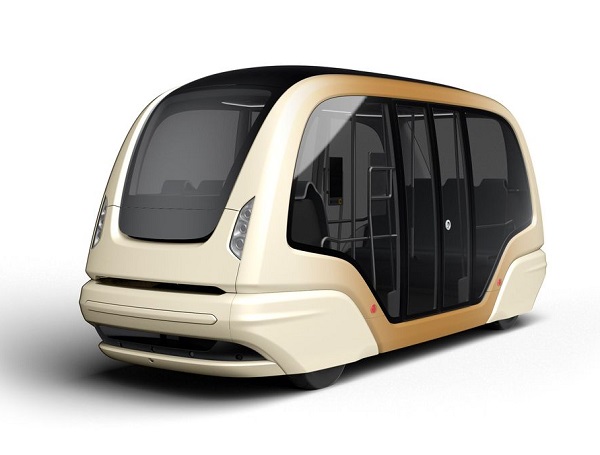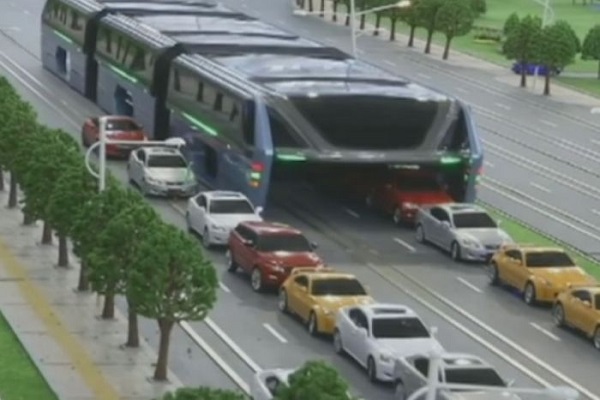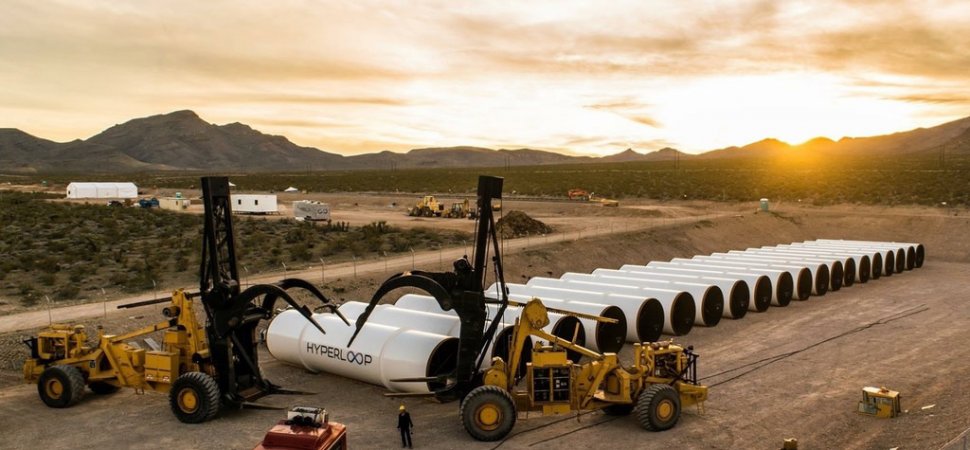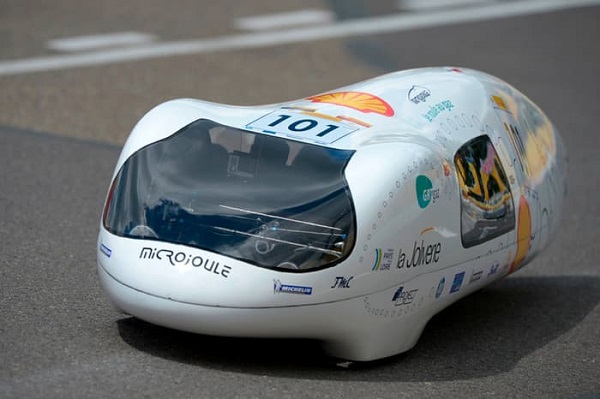This edition of Climate clippings is devoted to some random transport ideas that have come my way.
1. Driverless electric pods for Singapore
By the end of the year Singaporeans could be using driverless electric pod vehicles to get to and from school and work:

That’s a concept vehicle. The real thing will seat up to 24. Singapore transport operator SMRT is worrking in a joint venture with 2getthere, the Dutch maker of the pods, to implement the scheme. I gather the vehicles are designed to work off nodes in the main transport system to fill the last leg to the destination. They are designed to work on a “dedicated network of guideways”, so they won’t necessarily come to your front door.
Smaller versions of the cars are already working in industrial parks in Abu Dubai and Rotterdam.
SMRT is the second-largest public transportation company in Singapore, and operates several of the country’s bus and subway train networks. It also has overseas operations in Hong Kong and the Middle East.
2. Is it a bus, or a car eater?
Thanks, John D for the link!
The Chinese are proposing a bus that will bridge two lanes of traffic:

The proposed bus would span two traffic lanes and carry up to 1,400 passengers in articulated segments, at speeds up to 60 kilometres per hour.
It would run on special tracks built on either side of the lanes, with 2.1 metres of clearance underneath.
Animations of the bus show the underside simulating the sky, to make it look less like a tunnel, while windows in the sides let drivers see out.
3. Hyperloop has its first run
Hyperloop has its first run, and raises $80 million dollars. It’s the brainchild and will need a lot more than that if it is to become a reality.
Pods of people would shoot down low-pressure tubes at speeds up to 1220 kilometres per hour, propelled by linear induction motors similar to those used on roller coasters.
- Musk claimed the commute from San Francisco to Los Angeles, which takes about 6 hours to drive or more than an hour to fly, could be cut to 35 minutes.
It is said to be “carbon free”.
Here’s a picture of the pipes being assembled in the desert:

Here are five hurdles it must overcome.
4. 3771 km/litre car
- Microjoule is a team that builds ultra-efficient vehicles. It is composed of students and advisors at Lycée La Joliverie in St Sébastien sur Loire, France.
Each year the Shell Eco Marathon runs a competition see who can travel the furthest using the energy from one litre of fuel (or its equivalent).
This year La Joliverie produced a car that could go around the earth on about 12 litres of petrol. The Micojoule, as they called it, normally runs on natural gas, but a petrol version achieved the all-time record at a scarcely believable 3,771 km/liter (2,343.2 mi).

- The carbon fibre Microjoule, which weighs just 35kg, could cover the 200 mile (320 km) journey between London and Manchester for just 12p (20 cents).
5. Indian trains to go solar
Don’t get too excited, the trains will be pulled by diesel motors. Solar panels are to provide lights, fans and airconditioning. But:
- According to studies, a train using solar power can reduce diesel consumption by up to 90,000 litres per year and also bring down the carbon dioxide emission by over 200 tonnes.
6. Will humans be banned from driving?
Giles Parkinson asks the question.
Google, Tesla and Apple are investing billions on something called on “shared mobility” R&D – 20 times more than your standard car manufacturers.
Driving is well-known as a health hazard. You could easily be killed or kill. It may be banned in future. Considering the worth of human lives shared it may be cheaper to ban it.
Can’t see it for myself. It takes me about half an hour to pack my ute, but commuting and getting around town is a different matter.


What an interesting collection.
Singapore’s test of pods will have car sales people in our major cities glancing though the job ads.
The Microjoule sounds too good to be true.
Indian railways will learn a lot from using solar panels to operate lights and the like, who knows where that experience will lead?
The microjoule is not a practical car in the sense that the test is doen at slow speeds on flat ground with no effort made to make the ride comfortable. However, it does suggest that dramatic reductions in fuel consumption are possible if we convert cars to ultra-lites that are designed for crash avoidance rather than crash survivors.
Thanks John D. I’ll be happy enough with a dramatic reduction in fuel consumption.
Best of all would be reducing the need for so many journeys in the first place.
Development of the internet means that a growing number of jobs are switching to more days working at or close to home. This in turn creates jobs near where these people live.
Some sobering imagery on overconsumption
http://www.theguardian.com/global-development-professionals-network/gallery/2015/apr/01/over-population-over-consumption-in-pictures?CMP=soc_567
Plenty to think about there, BilB!